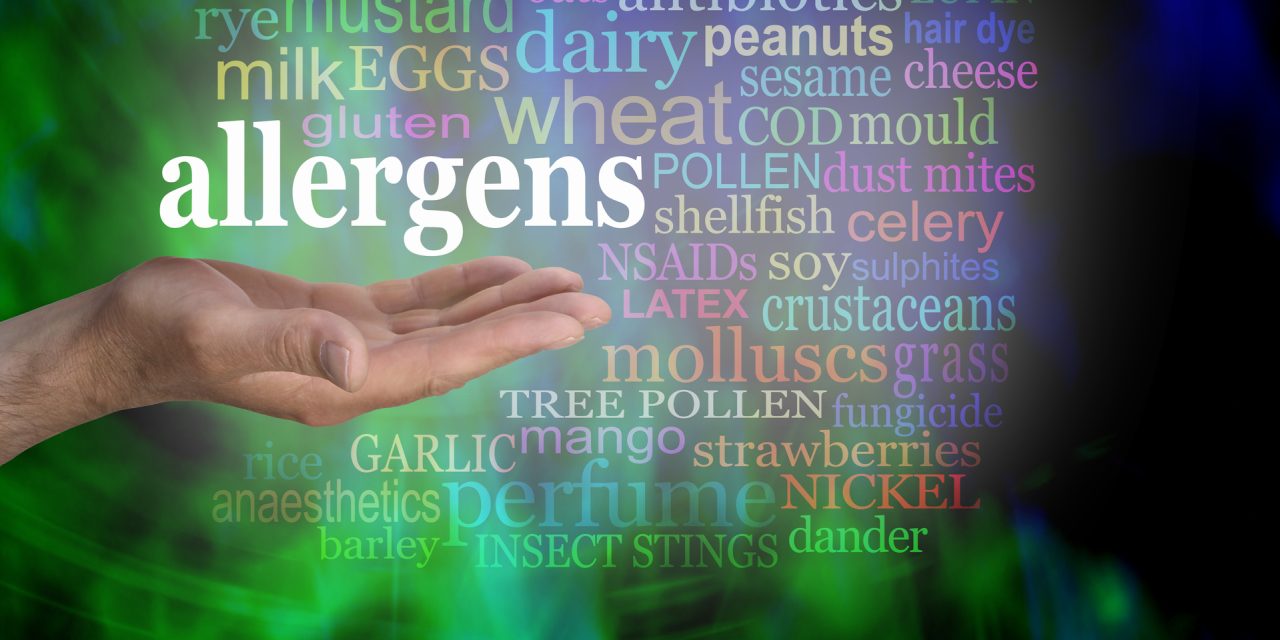The following observation states that Virus-like-particle (VLP) flu immunizations can be given intramuscularly or intranasally and may have favorable circumstances over split-virion definitions in the older. We tried a plant-made VLP antibody up-and-comer bearing the viral hemagglutinin (HA) conveyed either i.m. or then again i.n. in youthful and matured mice. Youthful grown-up (5-to 8-week-old) and matured (16-to 20-month-old) female BALB/c mice got a solitary 3-μg portion dependent on the HA (A/California/07/2009 H1N1) substance of a plant-made H1-VLP (i.m. or on the other hand i.n.) split-virion antibody (i.m.) or were left innocent. After inoculation, humoral and splenocyte reactions were surveyed, and a few mice were tested. Both VLP and split immunizations given i.m. ensured 100% of the youthful creatures, yet the VLP bunch lost the least weight and had more grounded humoral and cell reactions. Contrasted with split-immunization beneficiaries, matured creatures inoculated i.m. with VLP were bound to endure challenge (80% versus 60%). The lung viral burden postchallenge was most minimal in the VLP i.m. gatherings. Mice inoculated with VLP i.n. had minimal recognizable safe reaction, yet endurance was altogether expanded. In both age gatherings, i.m. organization of the H1-VLP immunization inspired more adjusted humoral and cell reactions and gave preferable security from homologous test over the split-virion antibody.
Reference link- https://cvi.asm.org/content/24/12/e00273-17


